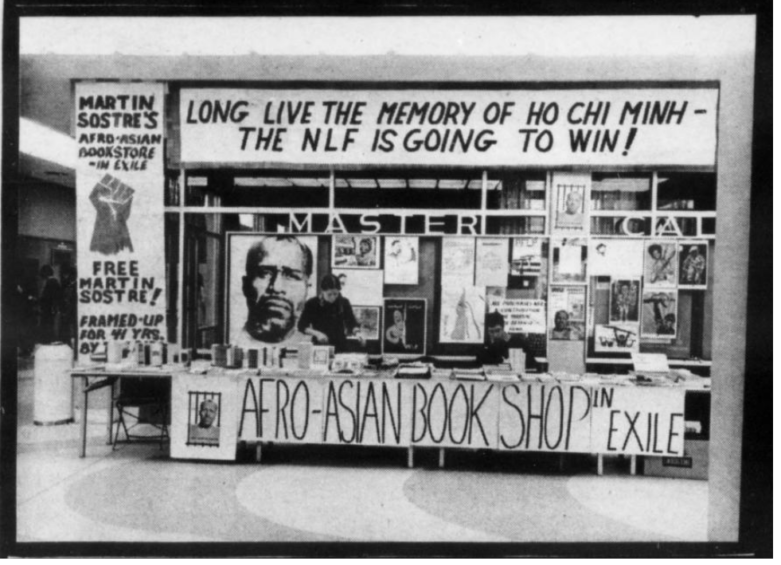From his solitary cell at Auburn prison in 1972, political prisoner Martin Sostre warned that “if Attica fell to us in a matter of hours. . . so shall fall all your fortresses, inside and out. Revolutionary spirit conquers all obstacles.”
A year after the uprising at Attica, where Sostre himself had been tortured in solitary confinement for five years due to his litigation and agitation for Muslim religious rights, he announced the emergence of “The New Prisoner.” He argued that this politically-conscious prisoner would lead a revolutionary armed struggle to overthrow the racist capitalist order in the U.S.
“The New Prisoner” was first published in the North Carolina Central Law Journal in 1973, likely with the help of radical law professor Harold “Hap” Washington. In it, he critically reframed law as disorder and state authorities as outlaws and the true purveyors of violence. Sostre condemned the piecemeal reforms and whitewashing of the Attica massacre as pacification projects while asserting the fundamental justness and soundness of armed struggle and self-defense. By systematically tracing the 28 demands of the Attica Liberation Faction through decades of grievances and activism by himself and other imprisoned people in New York, Sostre offered crucial context to the prisoners’ rebellion, the state’s violent response, and the cosmetic counter-insurgent reforms that followed. As Sostre’s single longest writing and one written at a critical juncture in his own intellectual and political transition from revolutionary Black nationalism to anarcho-communism, “The New Prisoner” remains one of his most significant, and yet forgotten, writings.
During the 1970s, “The New Prisoner,” was sold by Martin Sostre Defense Committees to raise money for the ongoing fight to overturn his wrongful conviction. In 1975, with the help of an international defense campaign, Sostre successfully won his release through gubernatorial clemency. Like most of his writings—and indeed his life—“The New Prisoner” has largely been obscured and buried. It has not circulated widely since its publication in the 1970s.
For the 50th anniversary of the Attica rebellion, we are excited to share a new version of this important revolutionary writing for the first time in almost half a century—and for the first time in Spanish. Translation was generously provided by Julio Ramos and Juan Carlos Quiñones, with new and original cover art by Lawrence Jenkins, and layout design by Zachary Norman.
To continue to wield Martin’s words and deeds as revolutionary weapons, the Martin Sostre Institute intends to make available quotes and writings, as well as historical examples, documenting Sostre’s life of principled struggle.
